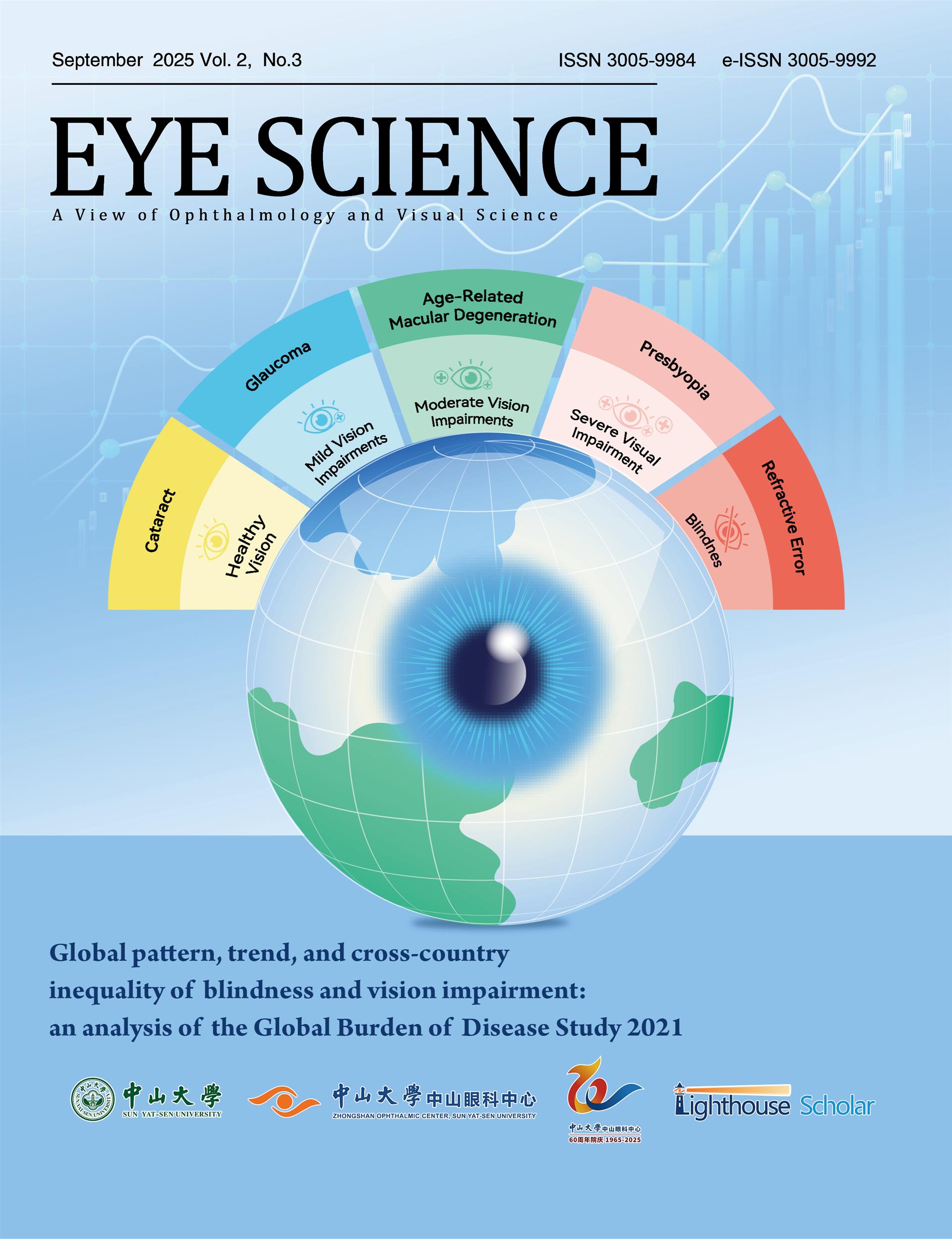Pediatric cataract, a leading cause of blindness in children globally, imposing a significant financial burden on both families and society. The extensive phenotypic heterogeneity of this condition means that the underlying mechanisms remain poorly understood, limiting the development of precise and effective treatments. The advent of omics technologies has provided potent tools for unraveling the pathogenesis of pediatric cataract. By mapping expression profiles across various molecular levels, these omics approaches enhance our understanding of the disease’s etiological mechanisms, aid in the identification of novel biomarkers and key pathways, and offer researchers new insights for the innovative strategies in disease diagnosis and targeted therapies. In this review, we summarize the application of omics approaches in clinical and basic research on pediatric cataract over the past decade, encompassing genomics, transcriptomics, proteomics, and metabolomics. Furthermore, we discuss the current challenges and future prospects of omics analyses in pediatric cataract studies.

















